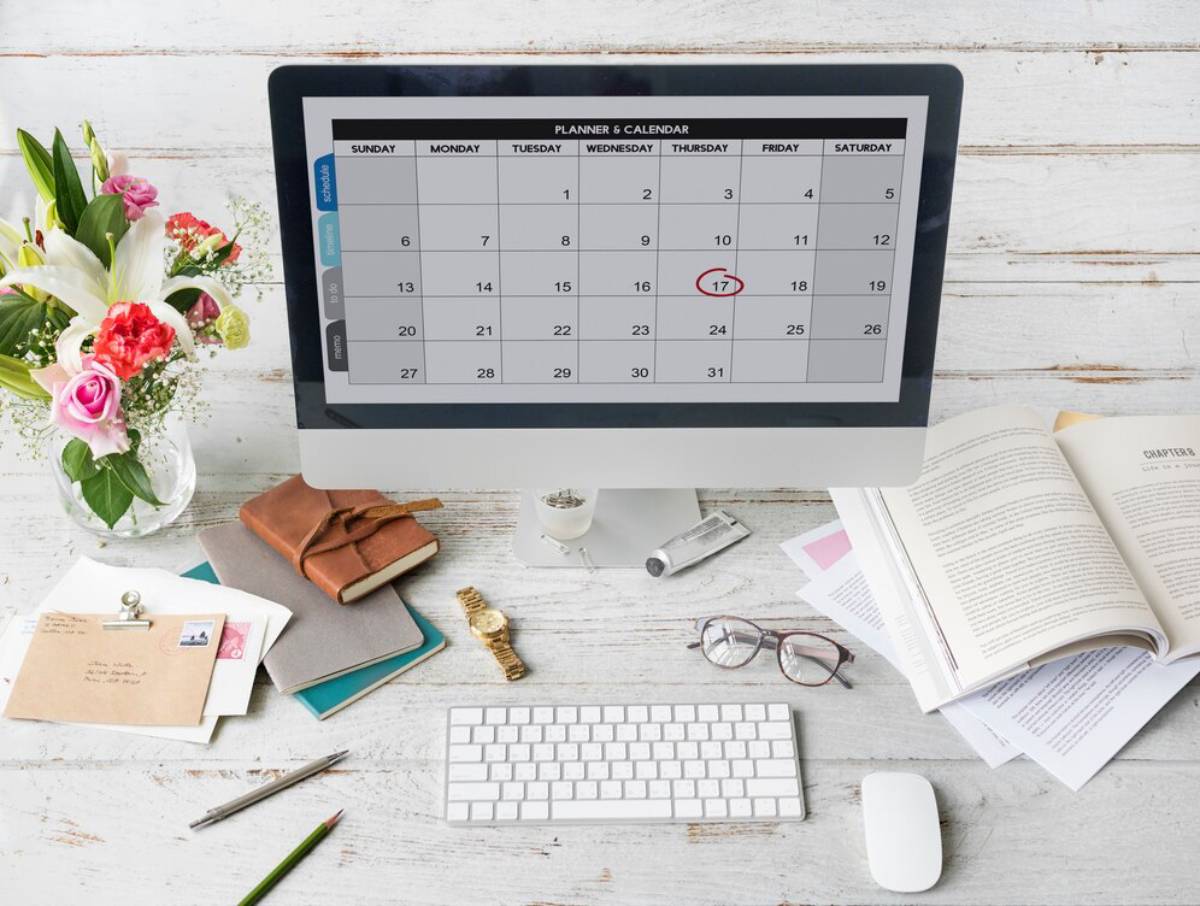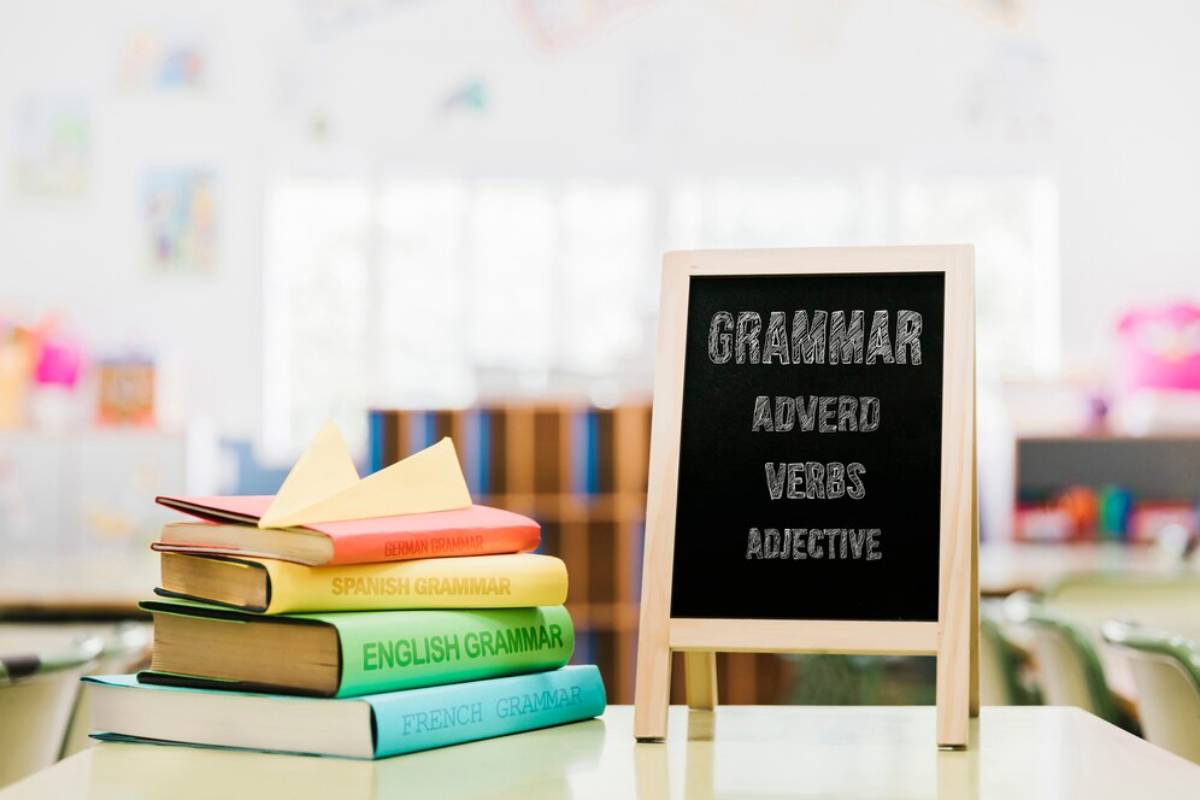
Speed Learning: How to Absorb a Language in 30 Days
Learning a new language often conjures images of long, slow progress — flashcards, grammar drills, and years of study. But what if it didn’t have to take that long?
Imagine diving into a new language and holding a basic conversation in just one month. That’s not a fantasy — it’s a method. With the right tools, mindset, and structure, speed language acquisition is absolutely possible.
In this blog, you’ll discover how to take on a 30-day language challenge, using proven techniques that support fast language learning without burnout. Whether you’re prepping for a trip, boosting your CV, or simply want to expand your mind, this guide will help you maximise results in minimal time — without sacrificing depth.
Let’s explore the techniques, resources, and mindset shifts you need to absorb a language in 30 days.
Why 30 Days Is Enough (For Functional Fluency)

Let’s be clear: you’re not going to be debating politics in your new language after a month.
But you can:
- Understand everyday conversations
- Order food, ask directions, and introduce yourself
- Recognise common words and phrases
- Build confidence using the language aloud
This is called functional fluency — the ability to function in common real-world scenarios. It’s an achievable and highly motivating goal.
The Psychology of Speed Learning
There’s science behind why we can learn quickly under the right conditions.
Accelerated learning works when:
- You focus on high-frequency vocabulary – The top 1,000 words cover 80% of everyday conversation.
- You use immersion and active recall – These methods strengthen memory and comprehension.
- You apply what you learn immediately – Practice rewires the brain faster than passive study.
- You stay emotionally engaged – Curiosity and fun increase retention.
This is why most traditional classes fail. Fast learners move too slowly and focus on theory before usage.
Set a Clear 30-Day Language Challenge Goal
Before diving in, define your outcome.
Ask yourself:
- What do I want to be able to do with this language in 30 days?
- Am I aiming for travel basics, professional phrases, or social conversation?
- How much time can I realistically commit per day?
A goal like “I want to hold a 10-minute conversation with a native speaker” gives direction and motivation.
Daily Framework for Speed Language Acquisition
Here’s a simple structure to follow for maximum results.
1. Vocabulary Sprints (15–30 min daily)
Focus on the top 1,000–2,000 words. Use:
- Apps like Anki, Quizlet, or Memrise
- Visual flashcards with audio
- Spaced repetition systems (SRS)
Learn words in context, not in isolation. Pair with example sentences.
2. Listening Immersion (30–60 min daily)
Flood your brain with native sound.
- Watch YouTube or Netflix with subtitles
- Listen to beginner podcasts (e.g. Coffee Break Languages, Language Transfer)
- Use audio tools like Pimsleur or LingQ
Even passive listening during your commute or chores helps train your ear.
3. Speaking Practice (15–30 min daily)
Speaking from day one rewires your brain fast.
- Use language exchange platforms (HelloTalk, Tandem)
- Speak to yourself in the mirror
- Record voice notes and compare pronunciation
- Use AI language tools or chatbots for feedback
Don’t wait to be perfect — progress loves mistakes.
4. Writing Exercises (10–15 min daily)
Writing solidifies grammar and vocabulary.
- Keep a daily journal in your target language
- Translate thoughts or texts from your native tongue
- Write short dialogues or emails
- Use apps with correction features (e.g. LangCorrect)
Start with basic structures and increase complexity each week.
5. Review & Reflect (5–10 min daily)
- Log what you learned
- Note what felt hard or easy
- Set a mini-goal for the next day
Reflection is underrated. It increases motivation, tracks progress, and helps you pivot.
Weekly Focus Breakdown
Break the month into four focused sprints:
Week 1: Survival Skills
- Greetings, numbers, days, and basic verbs
- Ordering food, asking for help, and directions
- Listening: child-level content or beginner podcasts
- Confidence in saying, “I don’t understand, can you repeat?”
Week 2: Conversation Building
- Questions and answers
- Daily routine phrases
- Start combining nouns + verbs
- Introduce yourself and ask basic questions
Week 3: Real-World Scenarios
- Grocery shopping, transportation, and checking into a hotel
- Grammar: past and future tense basics
- More structured conversations
Week 4: Personalisation + Output
- Write about yourself, your day, and your thoughts
- Practice real conversations (record yourself or roleplay)
- Watch native content without subtitles
- Hold a 5–10 minute real-time chat with a native speaker
Tools for Fast Language Learning
Speed learning is easier when you have the right tools.
Top Apps & Platforms:
- Anki – Custom flashcards with spaced repetition
- Duolingo – Gamified basics (good for warm-up)
- Pimsleur – Audio-based speaking practice
- LingQ – Vocabulary in context from real materials
- Tandem / HelloTalk – Language exchanges with native speakers
- Language Reactor – Netflix + YouTube language learning assistant
Mindset: Your Greatest Learning Asset

Fast learning isn’t just about strategy. It’s about state of mind.
Tips to keep your motivation high:
- Track your progress visibly – Use a wall chart or app
- Celebrate small wins – Like ordering your coffee in another language
- Accept discomfort – Mistakes mean you’re growing
- Stay playful – Treat it like a game, not a test
- Anchor to your “why” – Whether it’s travel, connection, or confidence
Real-Life Story: Language in 30 Days
Carlos, 29 – Software Engineer Carlos needed Spanish for an upcoming trip to Mexico. With just a month to prepare, he committed to 60 minutes a day.
He focused on:
- 15 min vocab + flashcards
- 20 min of Spanish podcasts while commuting
- 10 min journaling
- 15 min speaking with a friend or chatbot
By day 30, he could hold a five-minute conversation, navigate markets, and even crack jokes. “It wasn’t perfect,” he said, “but it worked — and I wasn’t afraid to speak anymore.”
Common Mistakes to Avoid
- Over-focusing on grammar first – Focus on patterns, not perfection
- Trying to learn everything at once – Stick to core vocab and real-life use
- Avoiding speaking out of fear – The sooner you speak, the faster you improve
- Using only one method – Mix speaking, listening, and writing
- Studying without real context – Learn words you’ll actually use
Conclusion: Your Next Language is Closer Than You Think

You don’t need years to get started. You need focus, structure, and belief that progress comes from showing up.
A 30-day language challenge won’t make you fluent, but it will change the way you learn, think, and see yourself with fast language learning techniques and a mindset of daily immersion. You can achieve more in a month than most do in a semester — especially when you apply techniques like those in 7 hacks to learn a language in record time.
So, pick your language. Set your timer. And start today.
Your future self will be saying, “Gracias,” “Merci,” or “Danke” — sooner than you think.


